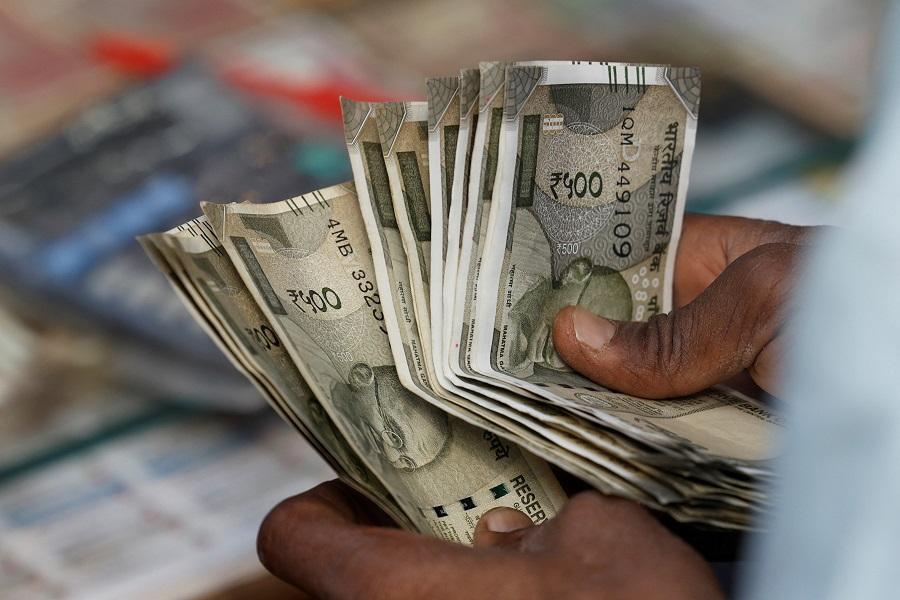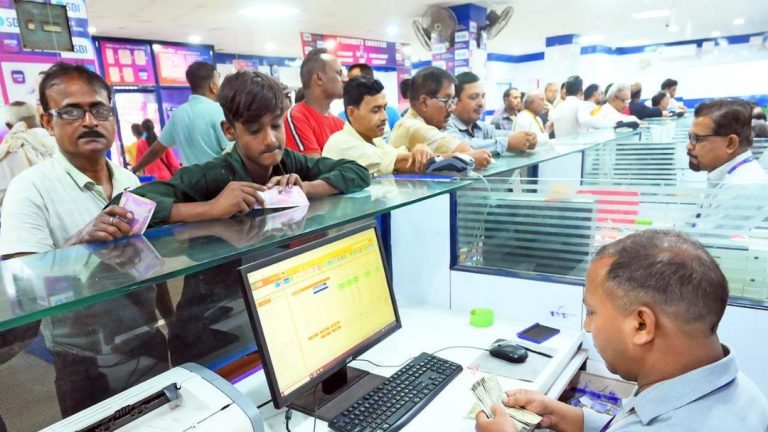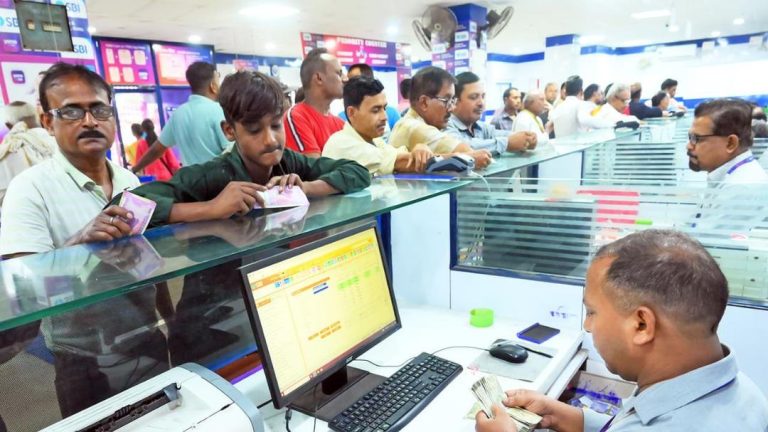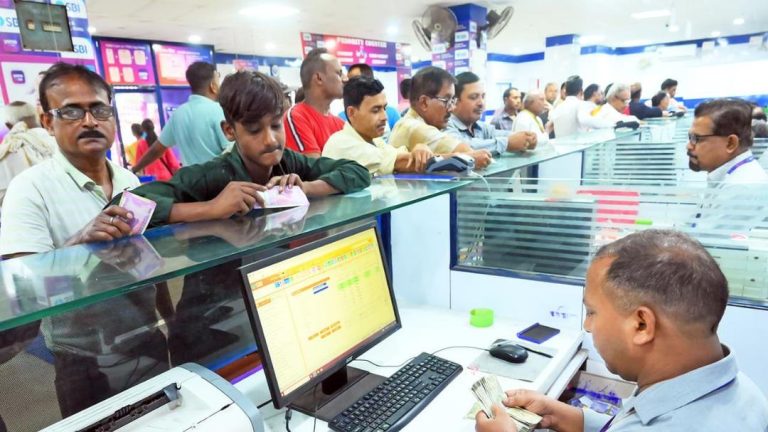
Rupee set to open weaker as Trump threatens 25% tariff on exports
The Indian rupee is likely to open weaker on Thursday, as US President Donald Trump’s threat to impose a 25% tariff on Indian exports has sent shockwaves through the foreign exchange market. This comes despite ongoing talks between the two countries to resolve their trade differences.
Trump’s tweet on Tuesday, where he threatened to impose the 25% tariff on Indian exports, has sparked concerns among traders and analysts about the potential impact on the Indian economy. The rupee has been under pressure in recent days, with the 1-month NDF (Non-Deliverable Forward) suggesting an opening range of 87.66-87.69 for Thursday, compared to 87.42 previously.
The rupee has already weakened by 1.4% this week, and the threat of a 25% tariff on Indian exports could push it further. The rupee has been volatile in recent months, with a record low of 87.95 hit in August. Traders expect the Reserve Bank of India (RBI) to intervene to stabilize the currency, given its proximity to the record low.
The 25% tariff on Indian exports is a significant threat, as India is the US’ ninth-largest trading partner. Indian exports to the US are worth around $50 billion, and a 25% tariff would significantly reduce the competitiveness of Indian goods in the US market.
The threat of a tariff is not the only factor pushing the rupee lower. The US Federal Reserve’s decision to cut interest rates earlier this month has also weakened the rupee, as it has reduced the attractiveness of the US dollar as an investment option.
The rupee’s weakness is also a reflection of the broader economic challenges facing India. The country’s economic growth has slowed in recent quarters, and the rupee’s weakness could exacerbate the situation. A weaker rupee makes imports more expensive, which could lead to higher inflation and slower economic growth.
Despite the challenges facing the rupee, some analysts believe that the RBI may not intervene to stabilize the currency. The RBI has been cautious in its intervention in recent months, and a weaker rupee could help to boost exports and improve the country’s current account deficit.
However, others believe that the RBI will have to intervene to stabilize the rupee, given its proximity to the record low. The RBI has been successful in managing the rupee in the past, and it is likely to take steps to prevent a sharp decline in the currency.
The rupee’s weakness is also likely to impact other emerging market currencies, as investors seek safer havens such as the US dollar and Japanese yen. The rupee’s weakness could also lead to a decline in Indian stocks, as a weaker currency makes Indian companies’ earnings less attractive to foreign investors.
In conclusion, the rupee is likely to open weaker on Thursday, as Trump’s threat to impose a 25% tariff on Indian exports has sent shockwaves through the foreign exchange market. The rupee’s weakness is a reflection of the broader economic challenges facing India, and the RBI may have to intervene to stabilize the currency. The impact of a weaker rupee on Indian stocks and the broader economy will be closely watched, as investors seek to understand the implications of Trump’s threat.





